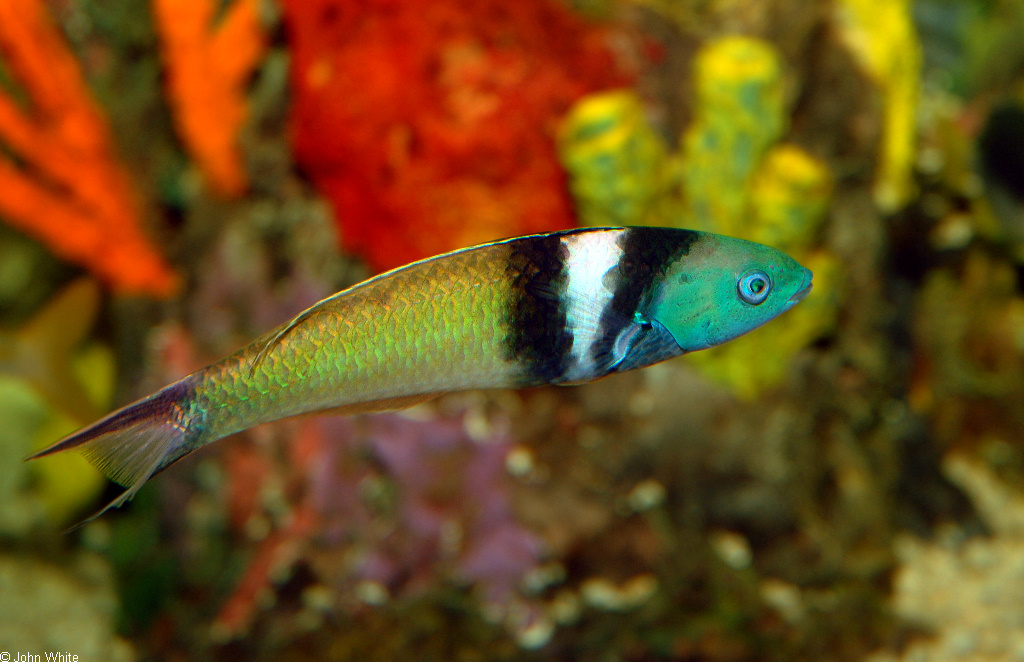Introduction
Imagine a brightly colored male fish – blue head and green body separated by a series of black and white bands – leading a harem of yellow fish. All is well until, suddenly, from out of nowhere, a predator snatches the leader for an afternoon snack. What is the group of fish to do without its protector? There is barely time to ponder this question when the largest fish of the harem swims up to the front and assumes its predecessor’s position. Within a week, the new leader is sporting the colors that designate it as the sole male and guardian of that group. Life continues as if nothing bizarre has happened. In fact, this scenario is quite normal.
For most mammals, sex determination is fixed. However, for some organisms, namely coral reef fish, sex is a malleable trait that is influenced by social and environmental factors. In fact, it is very rare for coral reef fish to not change sex during their lifetime. Such gonochoristic fish are in the minority.
Coral reef fish hermaphrodites can be organized into two categories: simultaneous and sequential. Simultaneous hermaphroditism in fish is fairly uncommon whereas the latter is the main type of change that is attributed to fish. Sequential hermaphroditism can be further categorized into two main groups: protogynous and protandrous. Once more, protandry is very rare in comparison to protogyny. One of the prime examples of protogyny (and sex change in vertebrates overall) is the bluehead wrasse (Thalassoma bifasciatum).
Tinbergen's Four questions
Niko Tinbergen’s “four questions” of phylogeny, ontogeny, mechanism, and adaptive value are categorical explanations of animal behavior. Using these categories as guides, this website will attempt to explain the aforementioned sex change (protogyny) as it relates to the bluehead wrasse.

Key Terms
Gonochoristic
An organism that maintains the same sex throughout its entire life.
Simultaneous Hermaphrodites
An organism that possesses both male and female sex organs at the same time, allowing it to mate with any individual. Self fertilization rarely occurs.
Sequential Hermaphrodites
An organism that begins life as one sex but changes to the opposite sex later on. It possesses genetic information that allows it to produce both male and female sex organs but only one is active and viable at any given time.
Protogyny
When an organism begins life as a female and then changes sex to a male.
Protandry
When an organism begins life as a male and then changes sex to a female.
Secondary Male
A male that began life as a female.